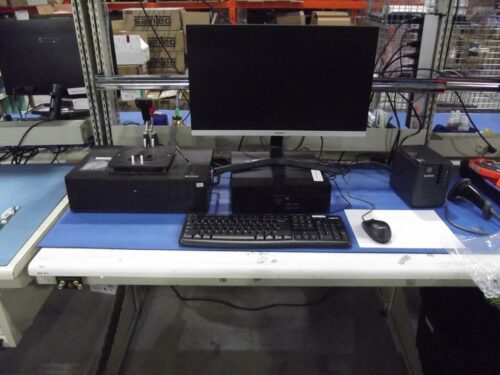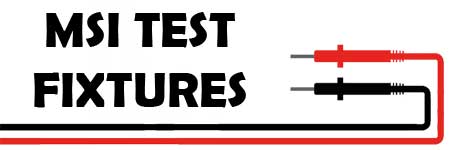 A flash programming fixture, also known as a flash programmer or programming jig, is a specialized tool used for programming firmware or software onto micro-controllers, memory chips, or other programmable components on a printed circuit board (PCB). This fixture is used during the testing process to efficiently and accurately program the necessary code onto these components before they are integrated into the final product.
A flash programming fixture, also known as a flash programmer or programming jig, is a specialized tool used for programming firmware or software onto micro-controllers, memory chips, or other programmable components on a printed circuit board (PCB). This fixture is used during the testing process to efficiently and accurately program the necessary code onto these components before they are integrated into the final product.
Key features and aspects of a flash programming fixture include:
1. Customized Design: Flash programming fixtures are tailored to the specific programming requirements of the PCB and its components. The fixture’s design aligns with the locations of programming connectors or pins on the PCB.
2. Connector Compatibility: The fixture is equipped with connectors, sockets, or pogo pins that align with the programming interfaces (JTAG, SWD, SPI, etc.) on the target components, enabling reliable communication and programming.
3. Programming Algorithms: The fixture may include programming algorithms or scripts that facilitate the programming process, ensuring that the correct firmware or software is programmed onto the components.
4. Automation: Flash programming fixtures are often designed to be integrated into automated production or testing processes. This allows for rapid and consistent programming of multiple PCBs.
5. Verification and Testing: Some flash programming fixtures may include verification steps to confirm the successful programming of each component. This ensures that the programming process was completed accurately.
6. Compatibility and Scalability: Flash programming fixture can be designed to accommodate various PCB sizes, components, and programming interfaces, making them adaptable to different product lines.
7. Traceability: These fixtures can include data logging capabilities to record programming results and provide traceability for quality control purposes.
Flash programming fixture play a critical role in the manufacturing process, ensuring that the correct firmware or software is loaded onto components without errors. They help prevent instances of incorrect or incomplete programming that could lead to functional issues or failures in the final product. By automating the programming process, these fixtures improve efficiency, reduce human error, and enhance overall production quality.
